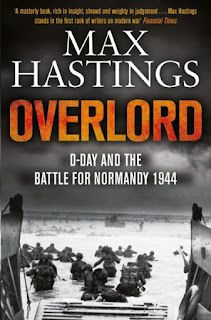Real vs Reel: How historically accurate is HBO's 'Band of Brothers'?
On Quora, Cory Dun asks: How realistic is the miniseries Band of Brothers as far as the airborne divisions are concerned? Was Easy Company a real parachute infantry company? I replied: Cover of the 2001 "miniseries tie-in" edition. © 2001 Home Box Office and Simon & Schuster Band of Brothers is a 10-part adaptation of Stephen E. Ambrose’s 1992 non-fiction book Band of Brothers: E Company, 506th Regiment, 101st Airborne from Normandy to Hitler’s Nest, which itself was a companion book to his 1988 book Pegasus Bridge: June 6, 1944. Based primarily on interviews with surviving E (or Easy) Company veterans, correspondence, unit histories, diaries, and other resources, Band of Brothers was a look at a light infantry unit (albeit an elite one) that fought in many of the major campaigns in Northwest Europe from D-Day all the way to V-E Day (May 8, 1945) and through the summer of 1945. Because it is a dramatization of a non-fiction b...







